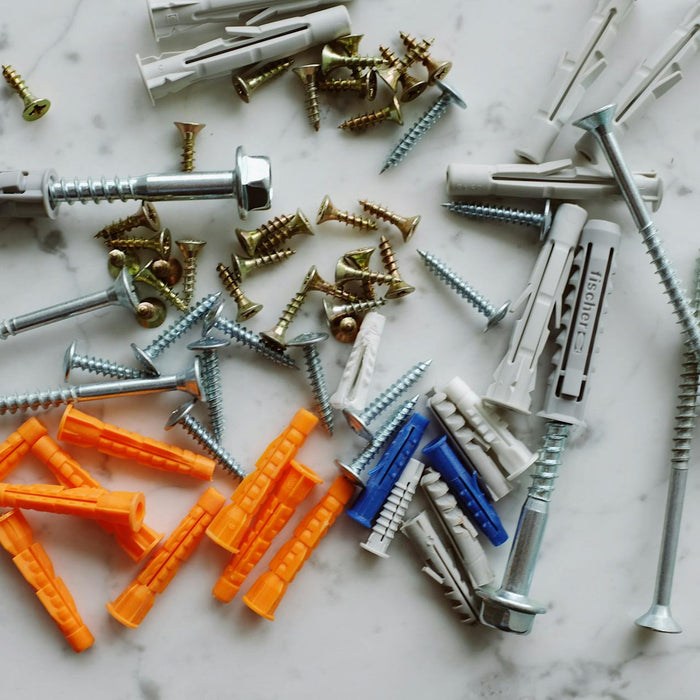

Guttering and roof repair
Maintaining the integrity of your gutter system and roof is essential for protecting your home from water damage and ensuring its structural integrity. Here are some expert tips and advice for gutter and roof repair.
Regular inspection
-
Schedule routine inspections: Inspect your gutters and roof at least twice a year, ideally in the spring and fall, to check for any signs of damage or wear and tear.
-
Check for debris: Remove leaves, twigs, and other debris from your gutters regularly to prevent clogging, which can lead to water overflow and damage to your roof and foundation.
-
Look for signs of damage: Inspect your gutters for signs of rust, corrosion, sagging, or loose fasteners. Check your roof for missing or damaged shingles, cracked flashing, or areas of water pooling.
DIY gutter repair
-
Clean gutters safely: Use a sturdy ladder and wear gloves to protect your hands when cleaning gutters. Use a gutter scoop or a garden trowel to remove debris, and flush the gutters with a hose to ensure proper drainage.
-
Repair leaks: Patch small holes or cracks in your gutters using gutter sealant or aluminium patching material. For larger repairs or damaged sections, consider replacing the affected parts.
-
Realign gutters: If your gutters are sagging or pulling away from the roofline, realign them by adjusting the hangers or adding additional support brackets as needed.
Roof repair
-
Address missing shingles: Replace any missing or damaged shingles promptly to prevent water infiltration and further damage to your roof deck and interior.
-
Fix flashing: Repair or replace damaged flashing around chimneys, vents, and skylights to prevent leaks and water damage.
-
Seal roof penetrations: Check for gaps or cracks around vents, pipes, and other roof penetrations, and seal them with roofing cement or silicone caulking to prevent water intrusion.
Safety precautions
-
Use proper safety gear: When working on roofs or ladders, always wear sturdy shoes with good traction, safety goggles, and a hard hat to protect yourself from falls and injury.
-
Avoid working alone: Whenever possible, have someone else present to assist you or to call for help in case of an emergency.
-
Know when to call a professional: If you're unsure about how to safely repair your gutters or roof, or if the damage is extensive, it's best to hire a qualified roofing contractor to assess the situation and make repairs.
By following these tips and staying proactive with maintenance and repairs, you can keep your gutter and roof in top condition, prolonging their lifespan and protecting your home from water damage. Remember, safety should always be your top priority when working on home repairs.
Blog posts
-
 Electrical sockets come in two main types: surface-mounted and flush-mounted. While surface-mounting is simpler, flush-mounted sockets offer a sleeker appearance and greater resistance to accidental damage. To fit and replace electric sockets in the UK, follow these general steps.Read now
Electrical sockets come in two main types: surface-mounted and flush-mounted. While surface-mounting is simpler, flush-mounted sockets offer a sleeker appearance and greater resistance to accidental damage. To fit and replace electric sockets in the UK, follow these general steps.Read now -

What nails, screws and fixings do I need?
Read nowNavigating the world of nails, screws, and wall plugs can be daunting, but fear not! Our comprehensive buying guide is here to help you make informed decisions for your DIY projects. Whether you're hanging a picture frame or embarking on a full-scale renovation, choosing the right fasteners is crucial for success.
-

Garage storage ideas
Here are some creative and practical garage storage ideas to help you maximise space and keep your garage organised.Read now


